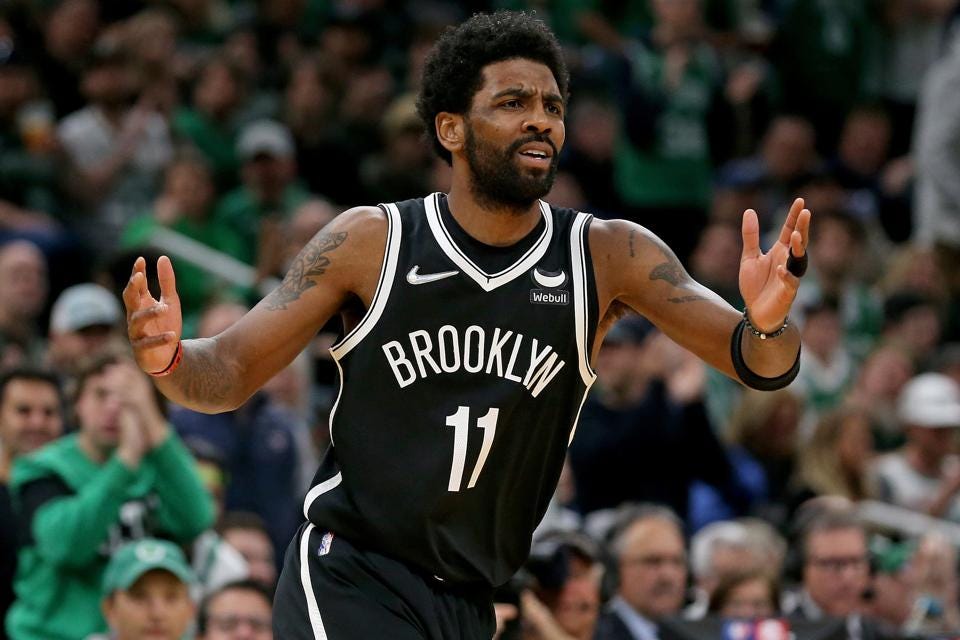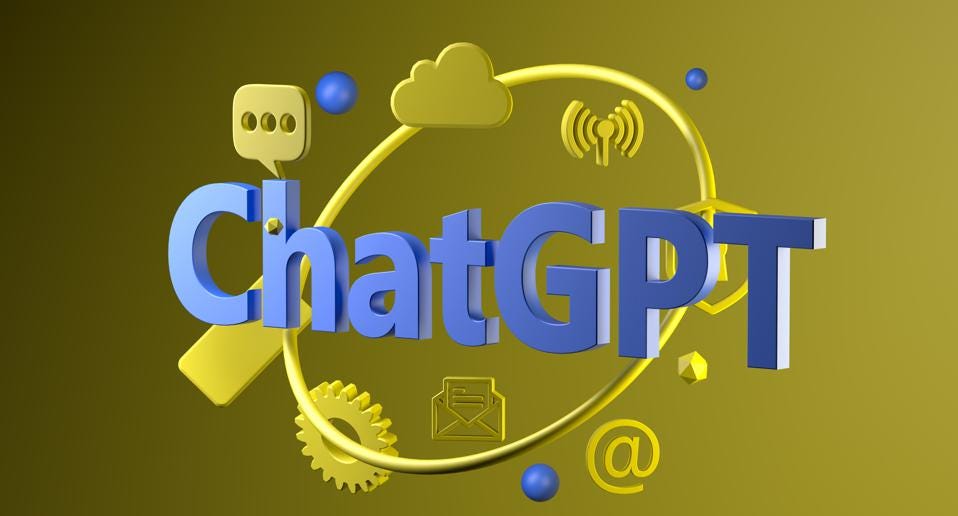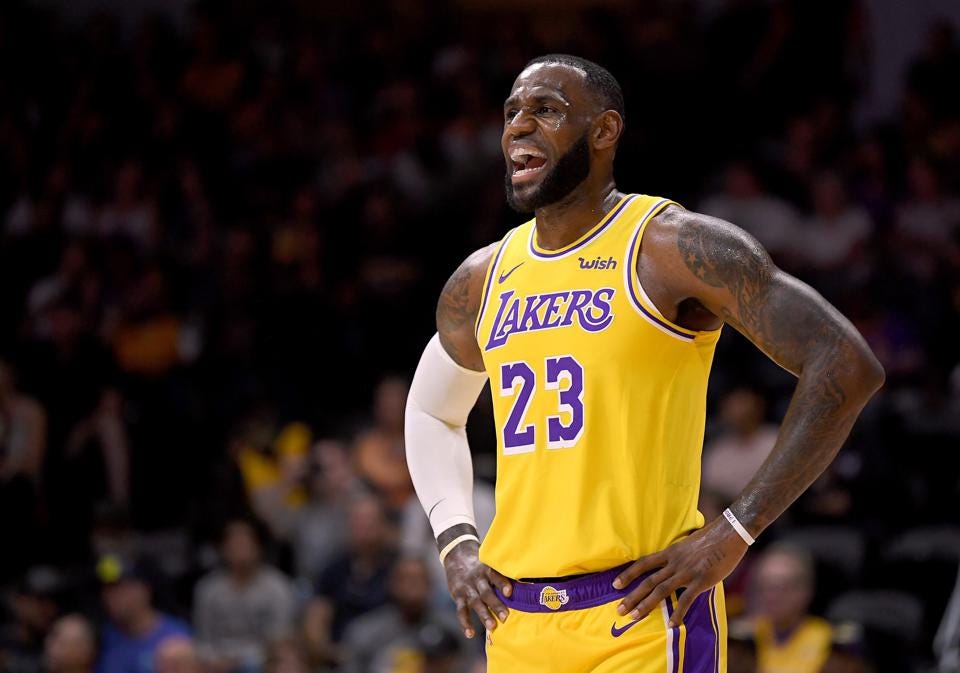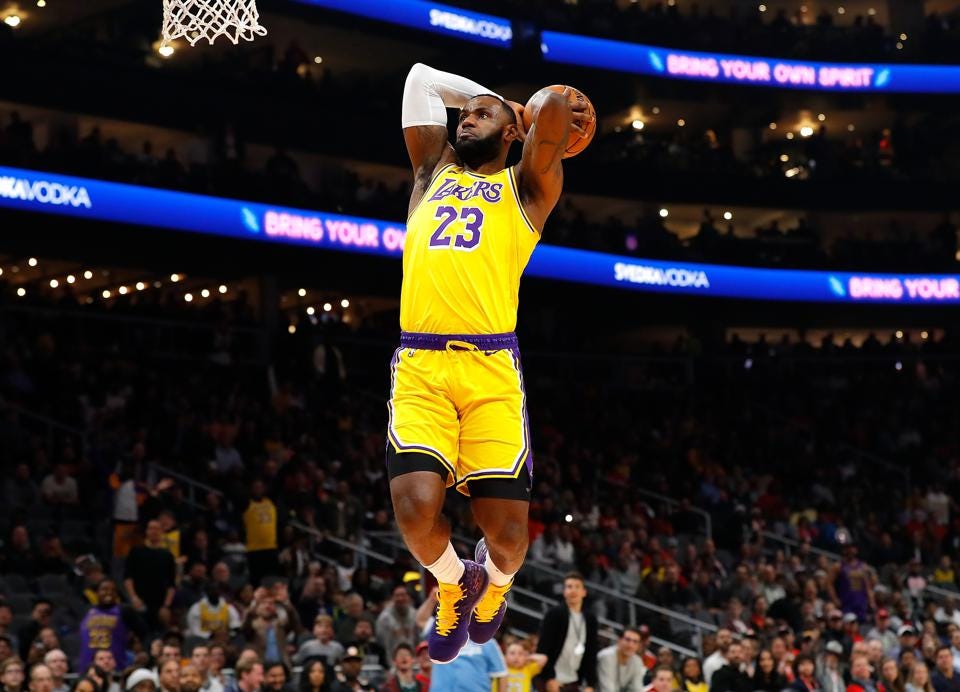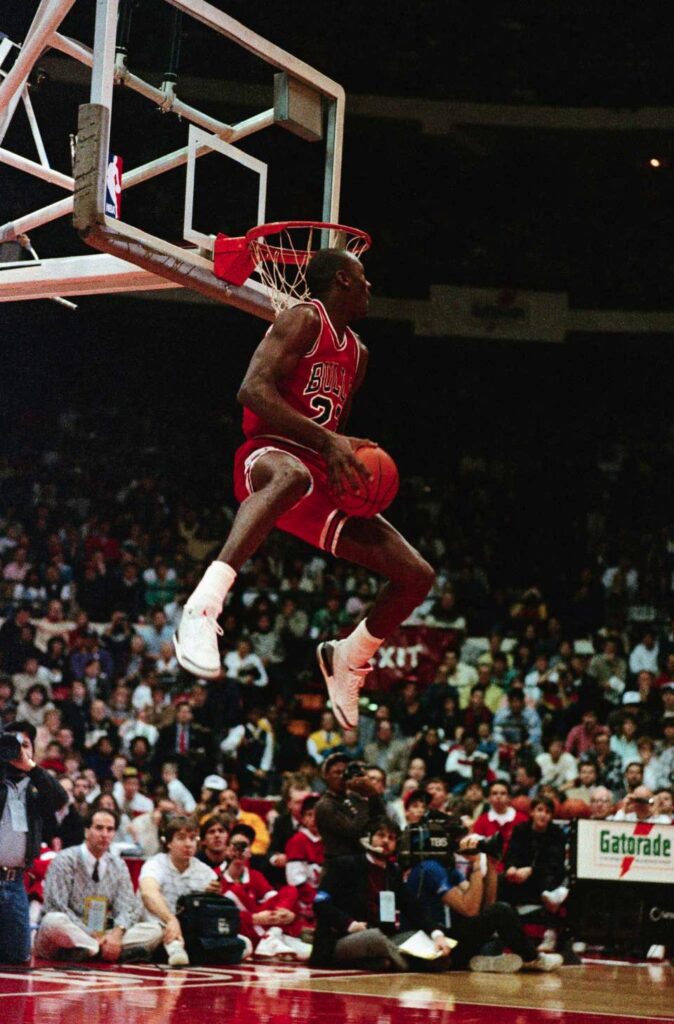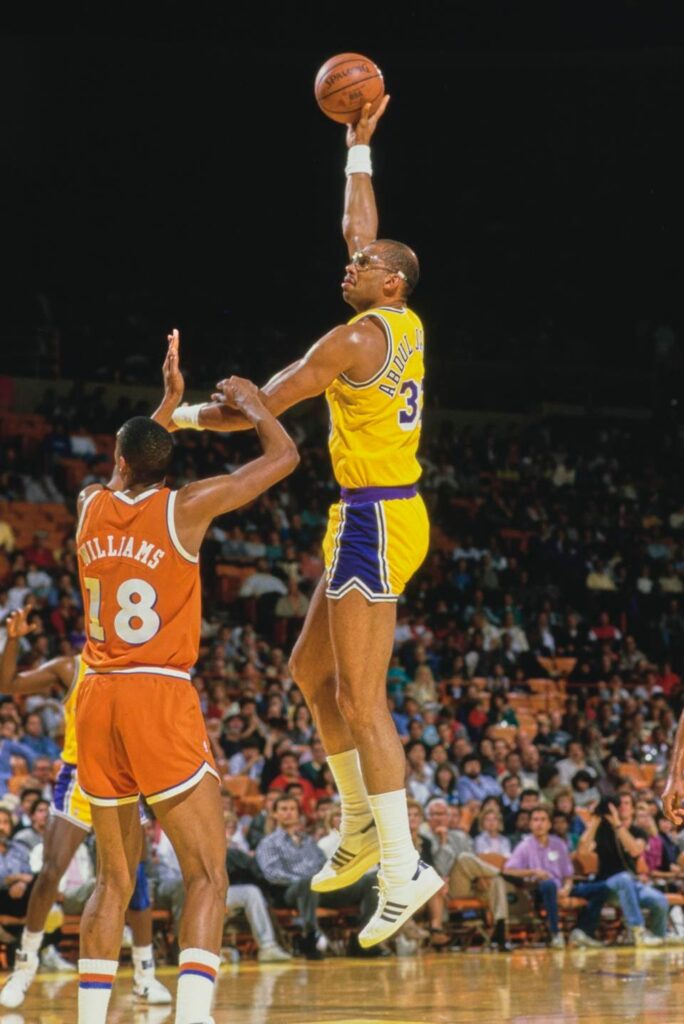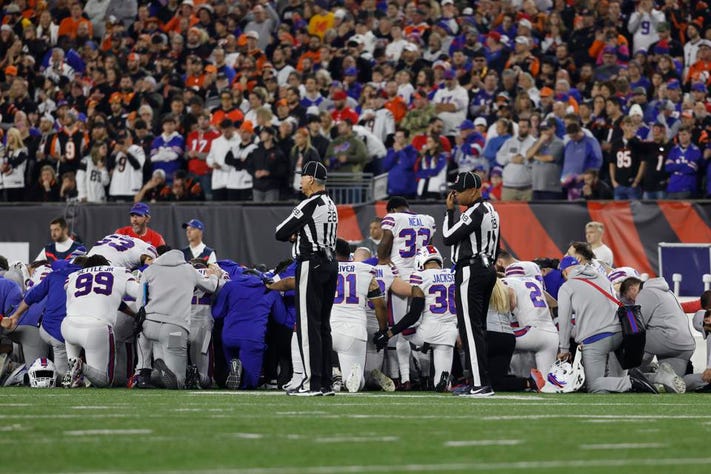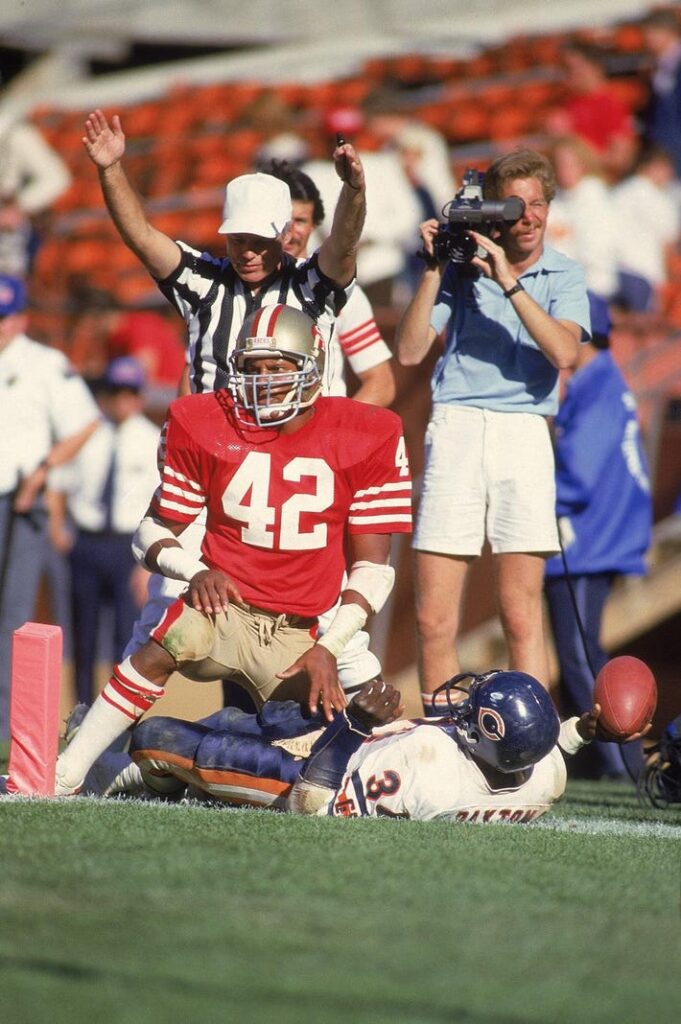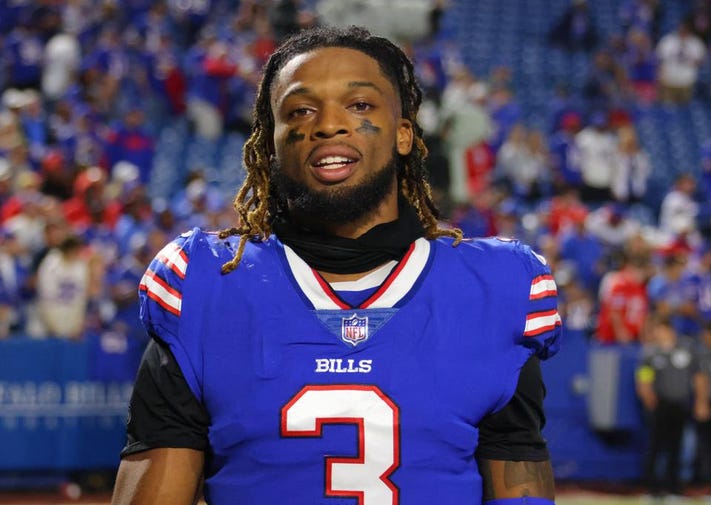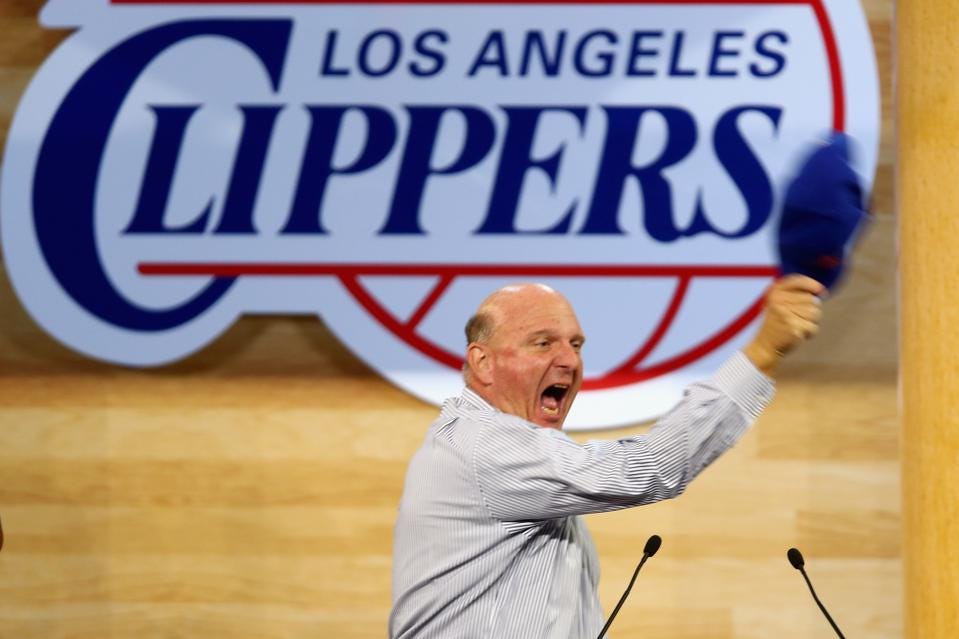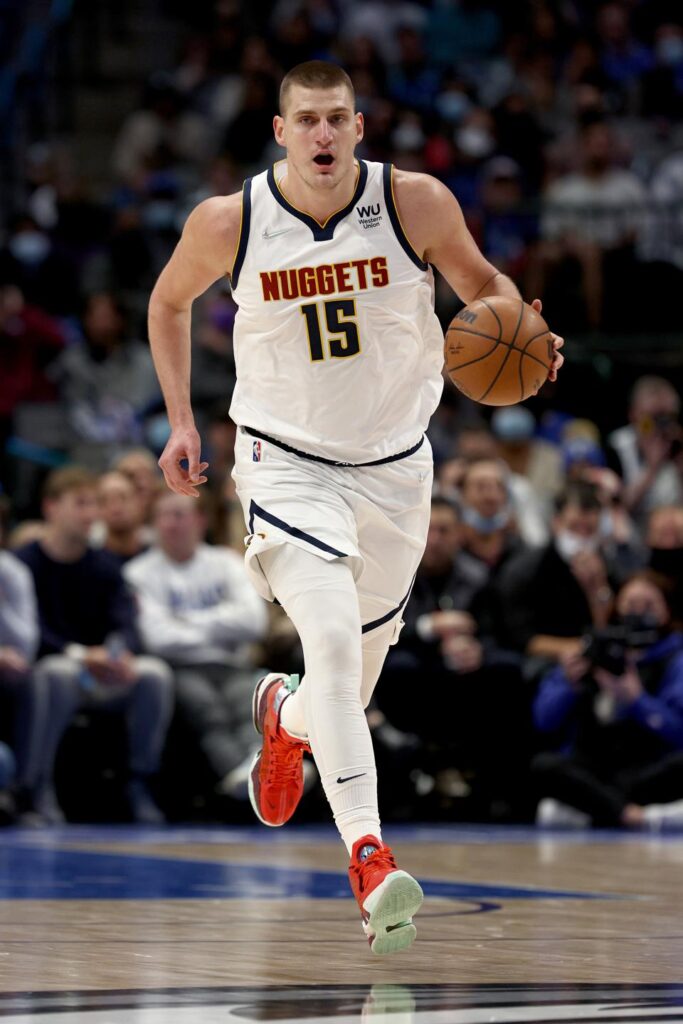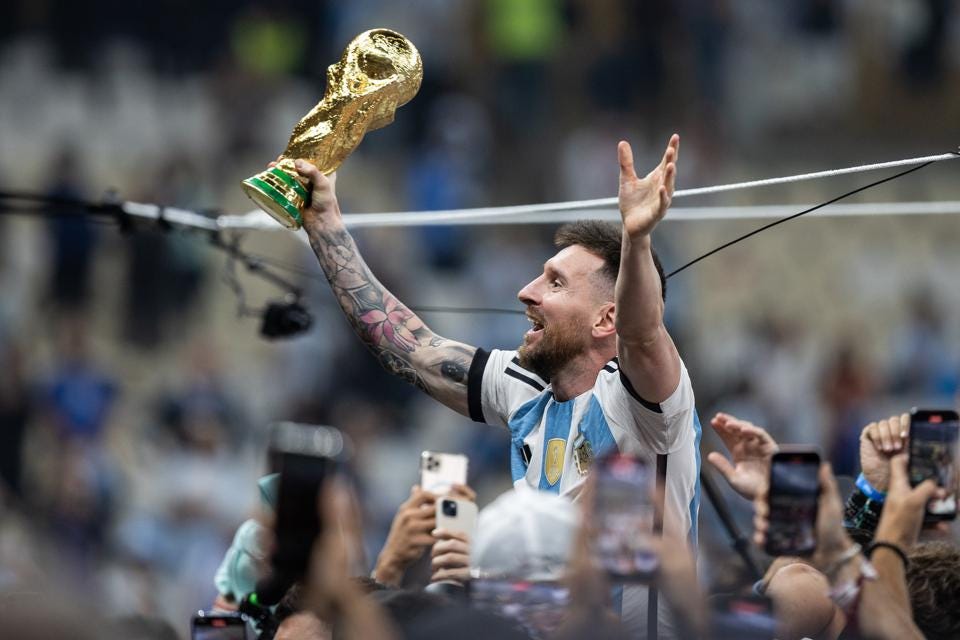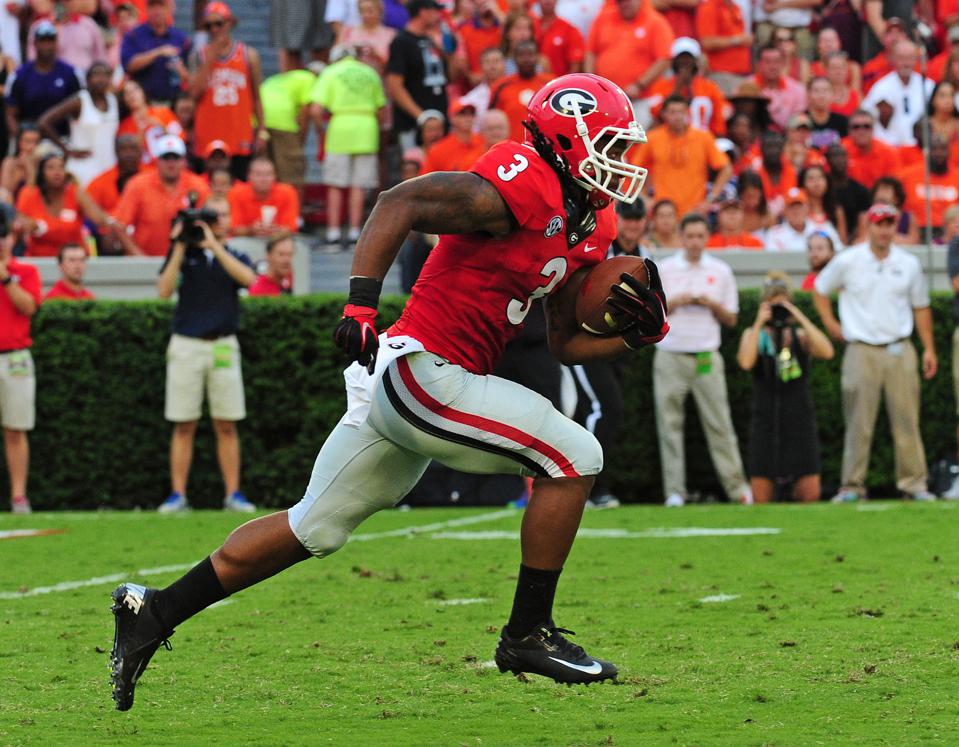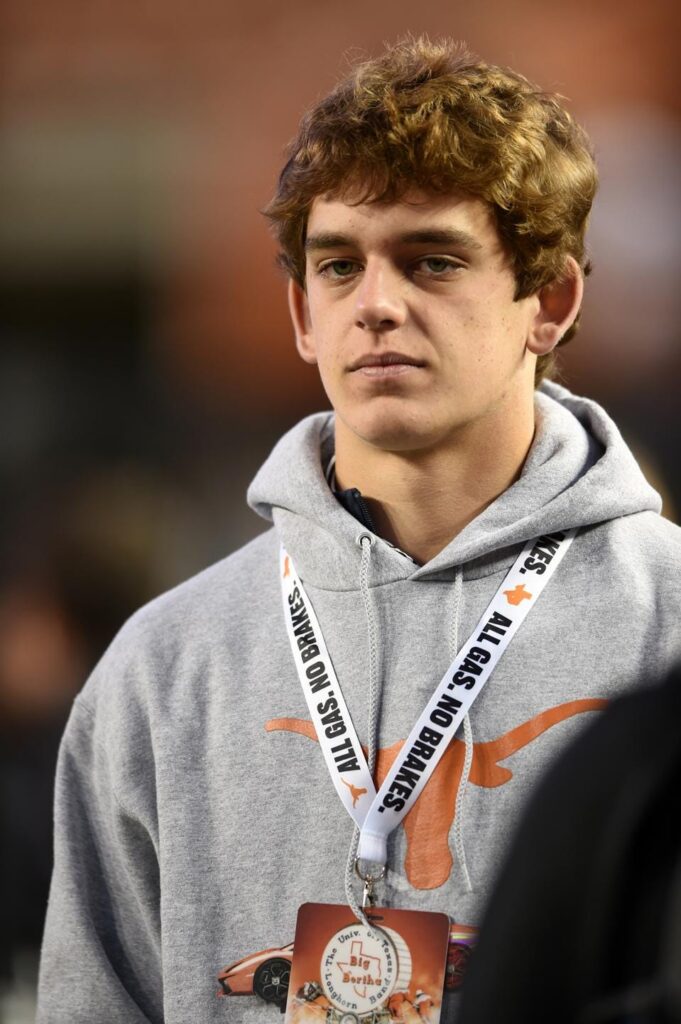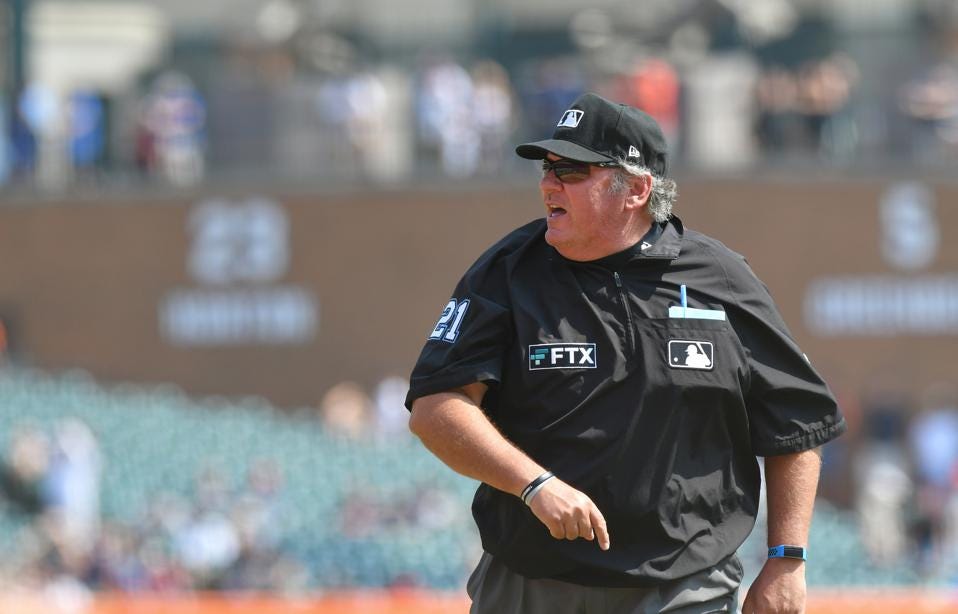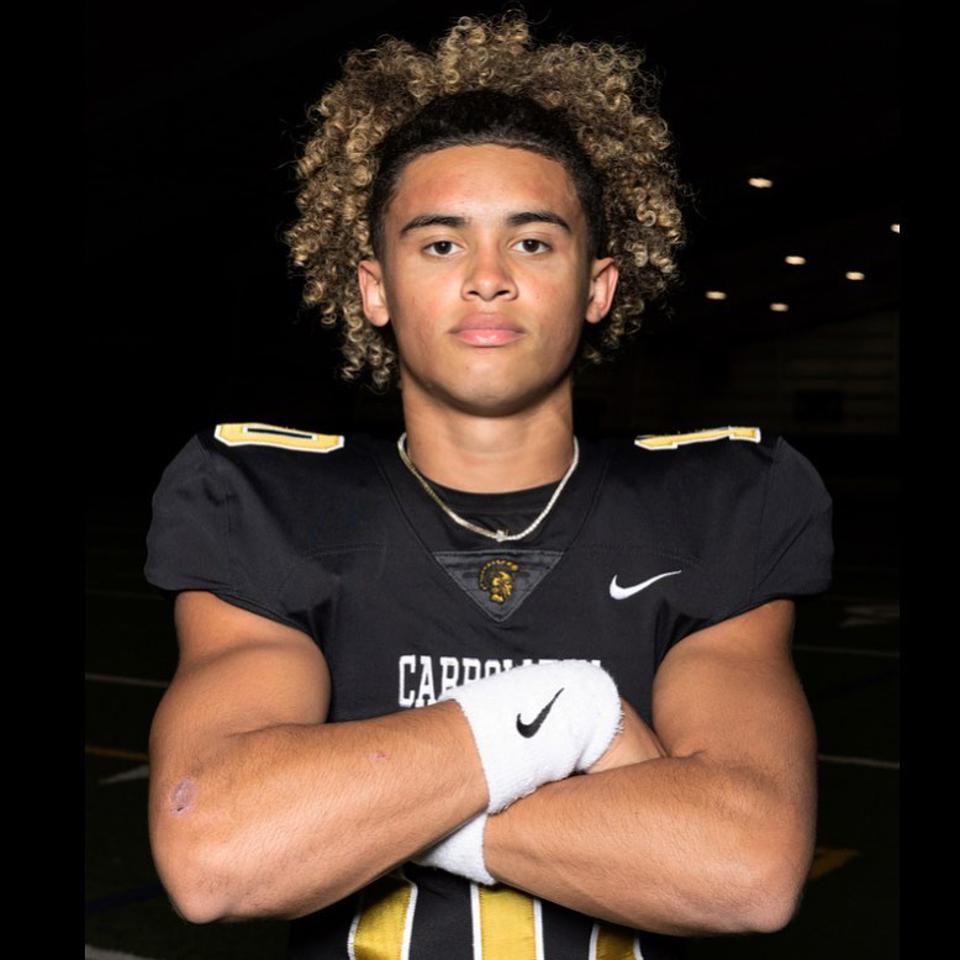The First Key To A Career In Sports: Relationships.
Originally written by Leonard Armato for Forbes.com
Originally written by Leonard Armato for Forbes.com
It was David Stern and his protégé, Adam Silver, who taught me about the power of marketing partnerships and how to enlist a coalition of marketing partners to use their marketing budgets to build your brand. Stern did this brilliantly for the NBA and I applied the same principles to create and grow the Shaq brand.
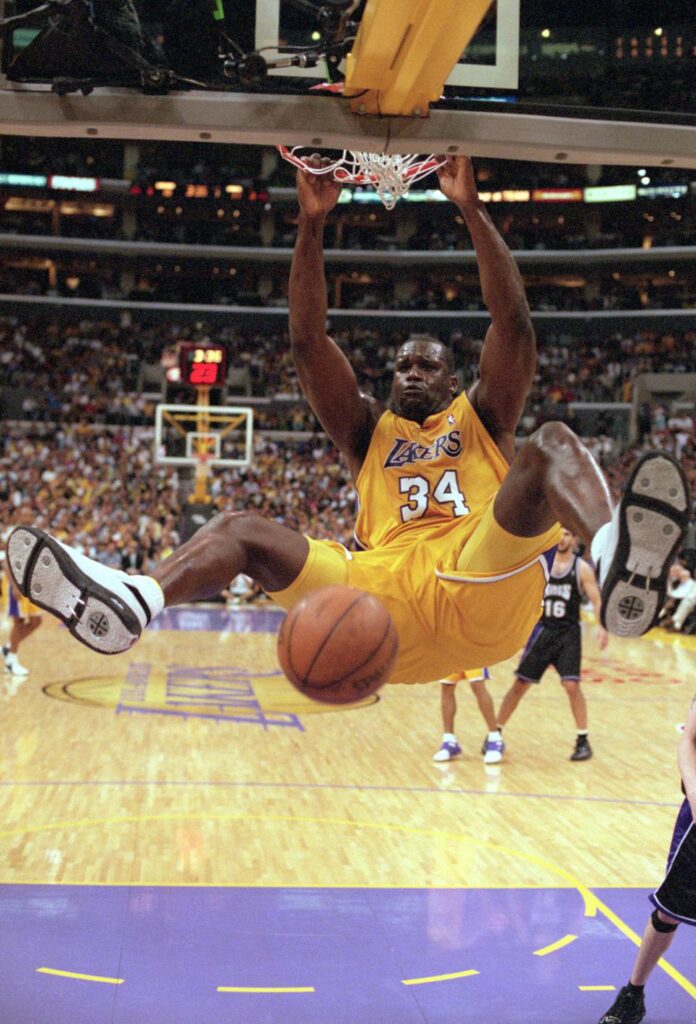
GETTY IMAGES
It was David Stern and his protégé, Adam Silver, who taught me about the power of marketing partnerships and how to enlist a coalition of marketing partners to use their marketing budgets to build your brand. Stern did this brilliantly for the NBA and I applied the same principles to create and grow the Shaq brand.
These are two of the essential relationships I built throughout my career. In my upcoming book, “Managing Giants, 7 Keys To Enabling Greatness,” I examine those traits and characteristics necessary to maximize your potential and enabling greatness in those around you. These keys are essential to develop and build a career in sports or any profession for that matter and have been extracted from my experiences managing and representing some of the giants of sports, like Shaquille O’Neal, Kareem Abdul-Jabbar, and Oscar De La Hoya, the Golden Boy, as well as giants in the industry like former NBA commissioner David Stern, Quincy Jones and current commissioner, Adam Silver.
The first Chapter in my book is dedicated to building powerful relationships and the remainder of this article will be devoted to explaining why relationships are so important in business and life and what type of relationships to look for. In future articles, we will cover how to make a good first impression; how to build a relationship of trust and credibility, the importance of storytelling in building relationships; how to exceed expectation and how to tap into the power of reconciliation when a relationship goes bad.
One important relationship that was pivotal in my career was the one I established early on with my college basketball coach, Stan Morrison It was Coach Morrison that introduced me to my first client, NFL Hall of Famer and four-time Super Bowl Champion, Ronnie Lott. He also connected me with his good friend, Coach Dale Brown of LSU, who in turn recommended me to a basketball player on his team, Shaquille O’Neal, my most famous client.
And Quincy Jones continually inspired me to think and dream bigger and more expansively in everything I did. “Q”, as his friends call him, was constantly telling me that “only those who dare to fail greatly can succeed greatly”. He borrowed this phrase from Teddy Roosevelt and Robert Kennedy but it always resonated with me.
The reason I chose relationships as the first Key to Enabling Greatness is that fundamentally relationships are the foundation of what enriches our lives and reinforces our reason for living. A Harvard study shows that healthy relationships are the single most important factor in determining longevity: more important than genetics, a good diet or even exercise. The importance of these relationships include everyone from family, to business, to the local merchants in your community that you interact with regularly.
Another reason relationships are so important is that they are a foundational element in people maximizing their potential. There have been several researchers and institutions that have conducted studies on the impact of teacher expectations on student performance, also known as the “Pygmalion Effect.” One such study was conducted by psychologists Robert Rosenthal and Lenore Jacobson in the 1960s, where they tested the effect of teacher expectations on the intellectual performance of elementary school students. The basic concept is that average IQ students were taught by teachers who had been tricked into believing they had a class of geniuses and the high IQ students were taught by teachers who were told they were average. The surprising result was that the average students performed better.
We have often heard the advice: “you are defined by the company your keep” or “you are only as good as the people you surround yourself with”. This counsel has been given by historical figures such as Confucius, Aristotle, Saint Augustine and even Benjamin Franklin. More recently, we have heard it echoed by modern day icons like Oprah Winfrey and Tony Robbins. This underscores the importance of building the right kind of relationships with people that believe in your potential and will inspire you to strive and be better than perhaps you originally thought you could be.
In my case, I was influenced and inspired by some extraordinary people in sports and business: people like David Stern, Quincy Jones, and even Stan Morrison, my college basketball coach.
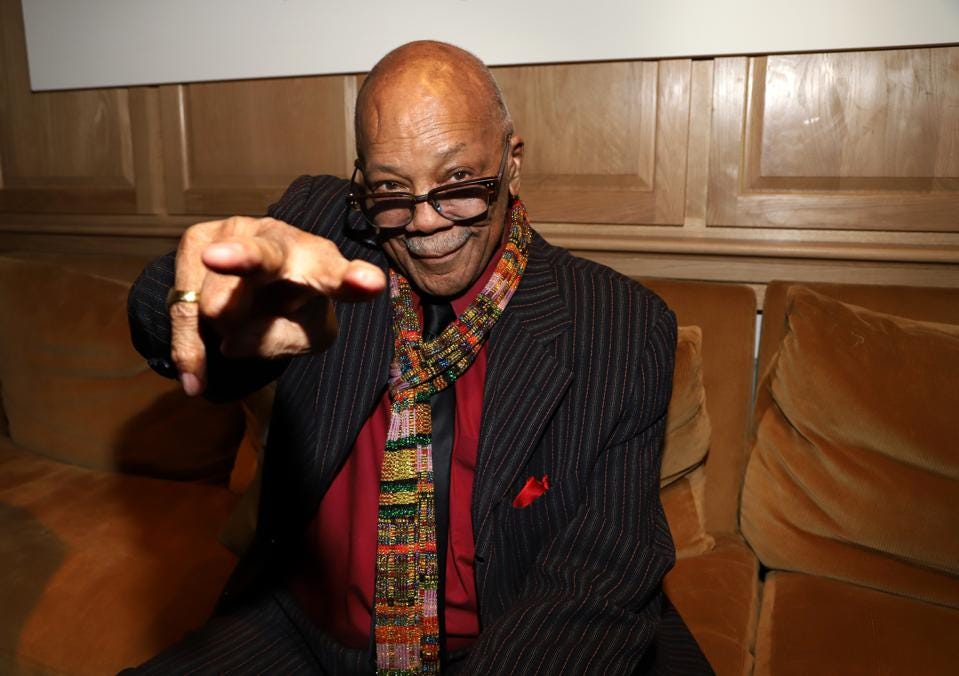
GETTY IMAGES FOR NETFLIX
As Steve Jobs says, it is not always instantly apparent how these relationships will benefit you down the line and you often will connect the dots later. However, you can control the quality of the people that you surround yourself with and trust they will make you the better for it. Show me who you are spending the greatest amount of your time with and I’ll have a clear indication of where your career is heading.
